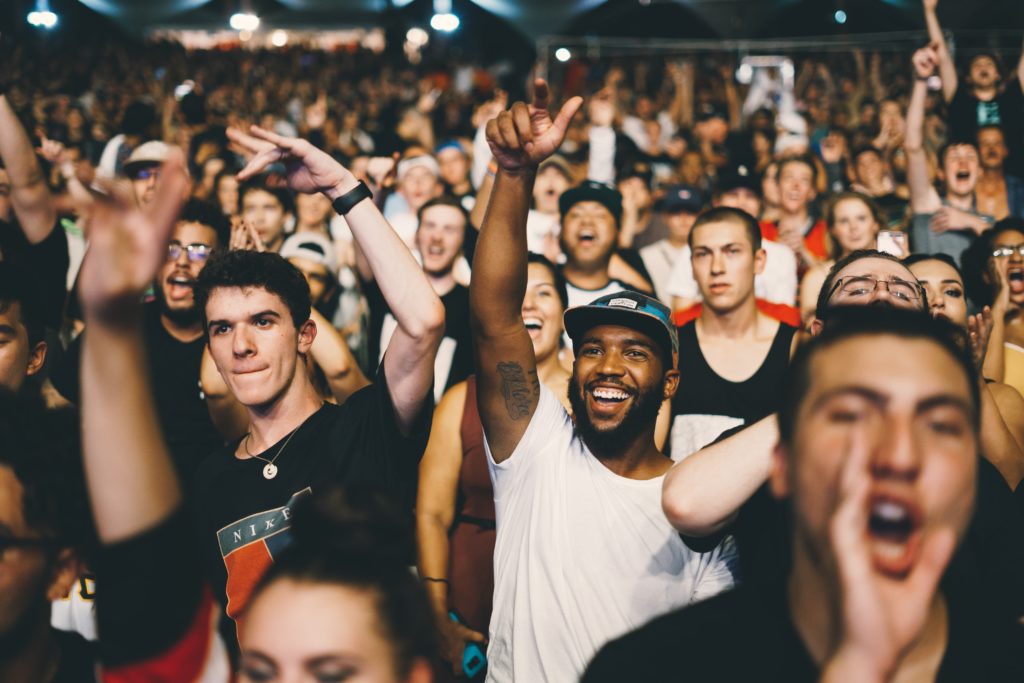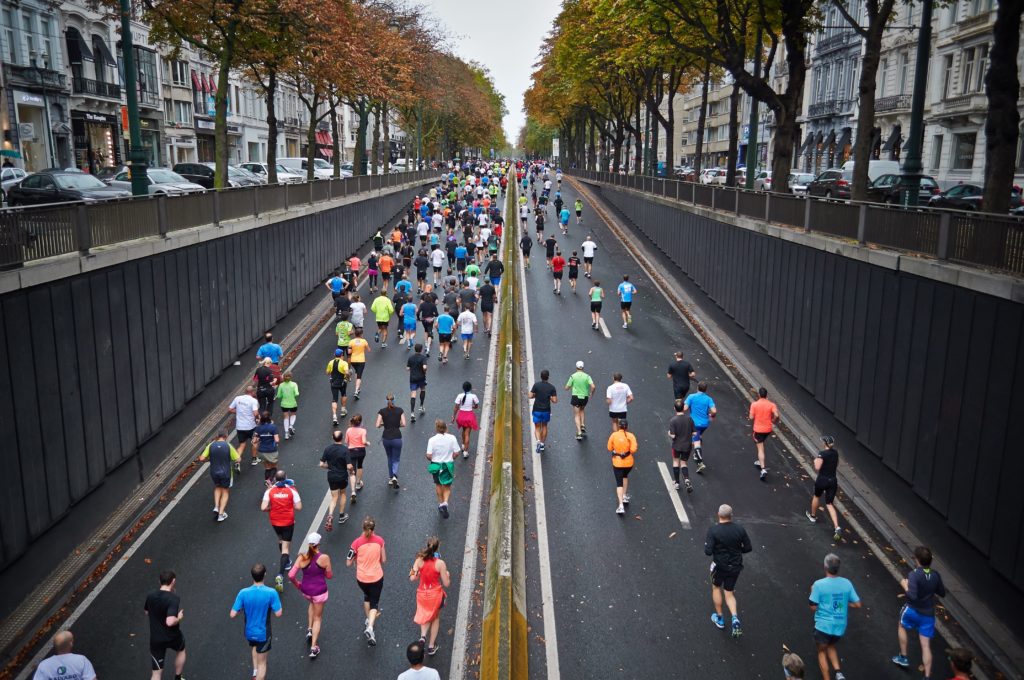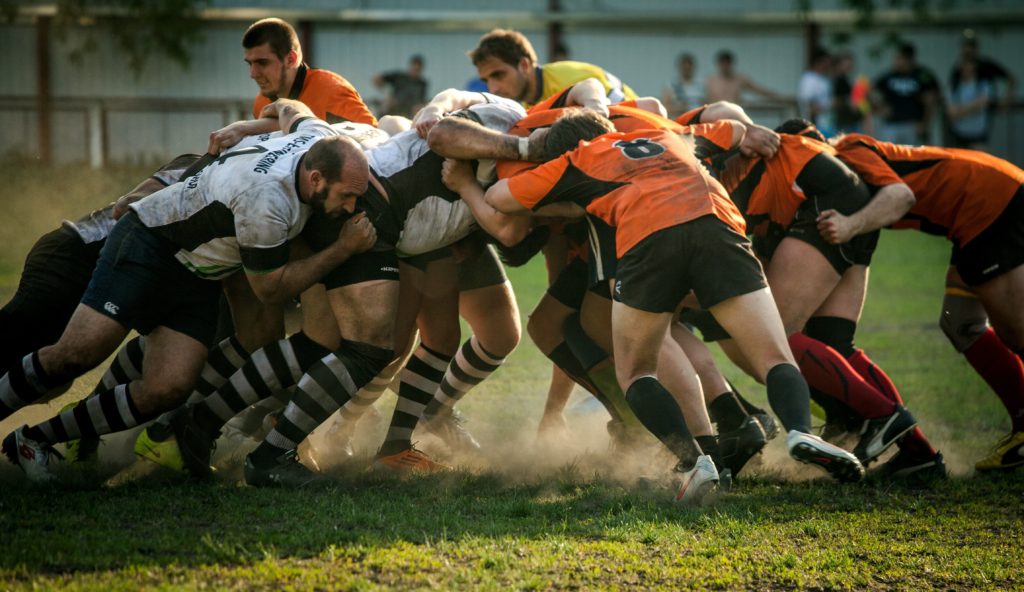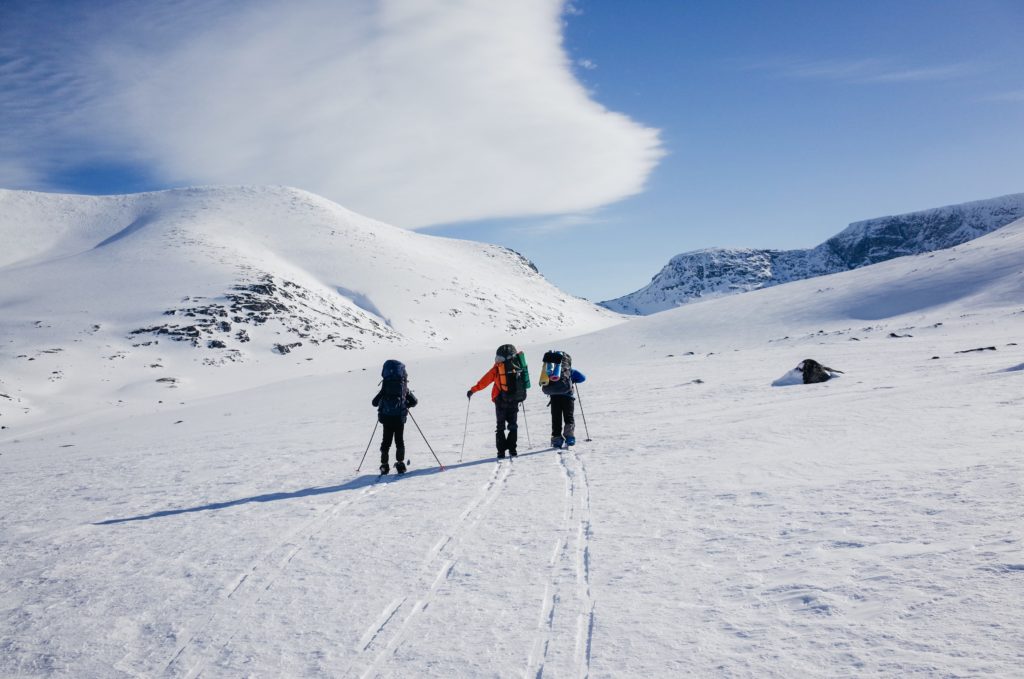One of the biggest perks of the Homo Sapiens’ social nature has been the ability to move to different territories all around the globe. A lot has changed since our ancestors left Africa to populate Eurasia, Australia, and the Americas but there’s one immutable trait that we still share with them: we still tend to be more efficient when we travel in organized groups.
Our innate needs and rewards system reinforces group bonds, which makes sense on an evolutionary level. In this article, we’ll break down our intrinsic needs of the human condition and relate them to how corporations can best attain harmony in today’s business world.
Last week, we dissected the difference between superficial and significant metrics in the corporate travel industry. This week, we’ll dive into how our individual feedback and reward systems relate to societal goals. These foundational principles apply to running a successful travel management program that promotes unity, compliance, and coaction.
The Habit Loop – Why do we brush our teeth every day?
In the early 1900s, almost no Americans brushed their teeth. Not because people didn’t care about it, but according to Charles Duhigg on The Power of Habit: Why Do We Do What We Do in Life and Business, because it wasn’t yet a habit.
Cue, Routine, Reward.
Considering the neurological studies presented in his book, Duhigg suggests that all habits have these three components. A cycle that makes us adapt different activities into everyday rituals.
It starts with a cue.
When approached by Pepsodent with a new fresh and minty flavored toothpaste, Claude C. Hopkins had a difficult task, even for one of America’s biggest advertising executives: create a national toothbrushing habit.
Hopkins understood that he would have to find a trigger that could generate the need of brushing. A cue to start the habit formation process. In the middle of a “pile of dental textbooks” he stumbled across the “reference to the mucin plaques on teeth”, which he called “the film”.
“That gave me an appealing idea. I resolved to advertise this toothpaste as a creator of beauty. To deal with that cloudy, yellow film”, he later wrote in his autobiography.
The cycle was completed. There was a Cue (the film) and a Reward (a beautiful smile). The bridge that connects everything: toothbrushing (the Routine).
Cue, Routine, Reward.
This pattern explains most of our everyday activities:
- When we are hungry, our stomachs let us know (Cue) – we eat (Routine) and we get satisfied (Reward);
- We need money to pay rent (Cue). We work (Routine) and we can afford things (Reward);
- When we are sleepy, we yawn (Cue) – we drink coffee (Routine) and the world is a better place (Reward).
When Brad Isaac asked Jerry Seinfeld for some “tips for a young comic,” the legendary comedian advised that the “way to become a better comic was to create better jokes and the way to create better jokes was to write every day.”
“He told me to get a big wall calendar that has a whole year on one page and hang it on a prominent wall. The next step was to get a big red magic marker. He said for each day that I do my task of writing, I get to put a big red X over that day”, Isaac told Lifehacker.
“After a few days, you’ll have a chain. Just keep at it and the chain will grow longer every day. You’ll like seeing that chain, especially when you get a few weeks under your belt. Your only job is to not break the chain,” Seinfeld concluded.
A big wall calendar (Cue) that triggers the process of writing (Routine) while giving the satisfaction (and addressing the craving) of not “breaking the chain” (Reward). This simple loop explains the formation of our most basic daily habits but it also clarifies the development of more complex behaviors, such as the creative process.
We are creatures of habit but that doesn’t make us much different from the rest of the animals. When in the presence of a lion (Cue), a squirrel will always try to climb a tree (Routine) to stay safe (Reward).
The difference, the big one, is that the squirrel won’t make a post about it on Facebook.
The Social Reward
Collaboration is what made the Homo Sapiens survive through the ages. And that explains one of our biggest genetic traits: we care about what other people think about us.
It’s not about vanity (not always). It’s about survival. Opposable thumbs and the ability to live in groups are what made us climb to the top of the food chain while discovering fire, the wheel, and the Internet.
Thus, the need to Belong makes us value what’s around us differently than the rest of the animal kingdom. We are not as practical as a squirrel because our motivations always have two dimensions: an intrinsic and a social one.
When it’s cold (Cue), we put on a jacket (Routine) to stay warm (Reward). And to look good (Social Recognition).
When we feel the “film” on our teeth (Cue), we brush (Routine). Our teeth stay clean (Reward) and our smile looks better (Social Recognition).
The Age of Social Media

Facebook has now 2 billion monthly active users.
To put it in perspective, if Facebook was a religion, it would only be second to Christianity (with an estimate of approximately 2.2 billion adherents).
For thousands of years, Homo Sapiens fought many wars worldwide over territory, food, and religion. Even though we still don’t agree about many topics, Facebook and the Age of Social Media brought us together in one simple way: we all feel the need to see what our friends had for lunch.
Let’s try to relate the rise of Facebook with Maslow’s Hierarchy of Needs Theory.
Maslow explained that people are motivated to accomplish certain needs and that some needs take precedence over others. Our most basic motivation is to keep ourselves safe. Physical safety takes precedence over our Psychological and Self-Fulfillment needs.
To put it simply, we don’t care about our professional career if we don’t have access to water or food.
As a species, we didn’t always occupy the top of the food chain. It makes total sense. Our bodies are not as well adapted to Nature’s hunting game as the lion’s or the cheetah’s.
One man vs Mammoth was a certain win for the latter. Now, Man vs Mammoth? That’s a completely different story.
According to Maslow, the need to Belong takes precedence over all the other non-basic needs (physiological and safety). We developed a craving for social acceptance because we know how much our safety depends on that.
Cue, Routine, Reward, and Social Recognition.
The habit formation loop combined with Maslow’s Hierarchy of Needs Theory may explain the rise of Social Media: a group of platforms to spread Social Recognition.
After all, is there any bigger craving nowadays than the Like button? Recent studies by RadiumOne show that “people get a rush of dopamine (‘the reward molecule’) when they post, share or like something online.”
In fact, according to the same study, “the release of dopamine is commonly linked to certain human activities and behaviors, such as exercising or setting and achieving a goal.” Which raises the question: what is Social Media helping us achieve?
Gamification

Gamification is the application of game principles in non-game contexts.
Consider Nike+ Runnnig.
You put on your headphones and running shoes (Cue) and you hit the road (Routine). You feel good and you run for an hour. When you’re done, you ask Siri to pause Jay-Z’s new 4:44 album while you check your analytics report on the Nike+ Running app. You get a reward badge for beating your personal best mark (Reward) and, of course, you post it on Facebook and Twitter (Social Recognition).
Gamification apps show how much the application of game principles can boost our motivation and are the perfect example of how Social Media is helping us accomplishing extraordinary things on a personal level:
- Exercise more with Nike+ Running and Strava;
- Eat better with MyFitnessPal;
- Stop smoking with QuitNow!;
- Read more with Goodreads;
- Learn to code with Codecademy.
Which raises another question: is it possible to apply the same recipe on a corporate level?
The Psychology of Corporate Collaboration

Many organizations are now adopting SCRUM: an agile approach to project management.
To put it very simply, the methodology can be divided into 3 phases
- Break the project into actions that can be completed within fixed duration periods (called “sprints”);
- Place the actions (generally written in post-its) on a SCRUM board (visible to everyone) divided into 3 categories: Catalogue, In process, Completed;
- Move the post it according to the current status of the action.
Even though it is mainly used by software development teams, this acclaimed productivity booster process can be used in many other types of projects.
Again, Cue (the SCRUM board), Routine (the action), Reward (the completion of the task and the satisfaction of moving the post-it), and Social Recognition (team acknowledgment).
Similarly to the impact of Gamification and Social Media on personal behavior, making data visible seems to help corporate business travel programs boast their productivity while achieving better results.
Making Travel Data Visible

We’ve seen why we tend to be more efficient when traveling in organized groups. Be that as it may, the tasks of a travel manager sometimes require considering much more than just our genetic heritage or our complex decision-making process. Flight cancellations and hotel reservations can be difficult enough. Studying the Human Genome is just not part of the job description.
And it doesn’t need to be.
By interfacing both with management and frequent travelers, Claire, the virtual assistant developed by 30SecondsToFly, is helping small and medium-sized organizations benefit from the Habit Formation Loop and our innate appetite for Social Recognition.
When faced with a flight cancellation, the need to pick an airline company, or the chaos of booking a hotel room (Cues), asking Claire for help (Routine) is the perfect way to receive the best policy compliance solutions that will lead you and your team to reducing expenses, saving time, and increasing safety (Reward).
Through its real-time travel analytics reports accessible via the dashboard, Claire also addresses our natural craving for Social Recognition while providing precious inputs to improve the efficiency of future trips.
When your team members are driven by intrinsic rewards, rather than solely by money or the fear of being chewed out, everyone wins.
Make efficiency a habit. Meet Claire!